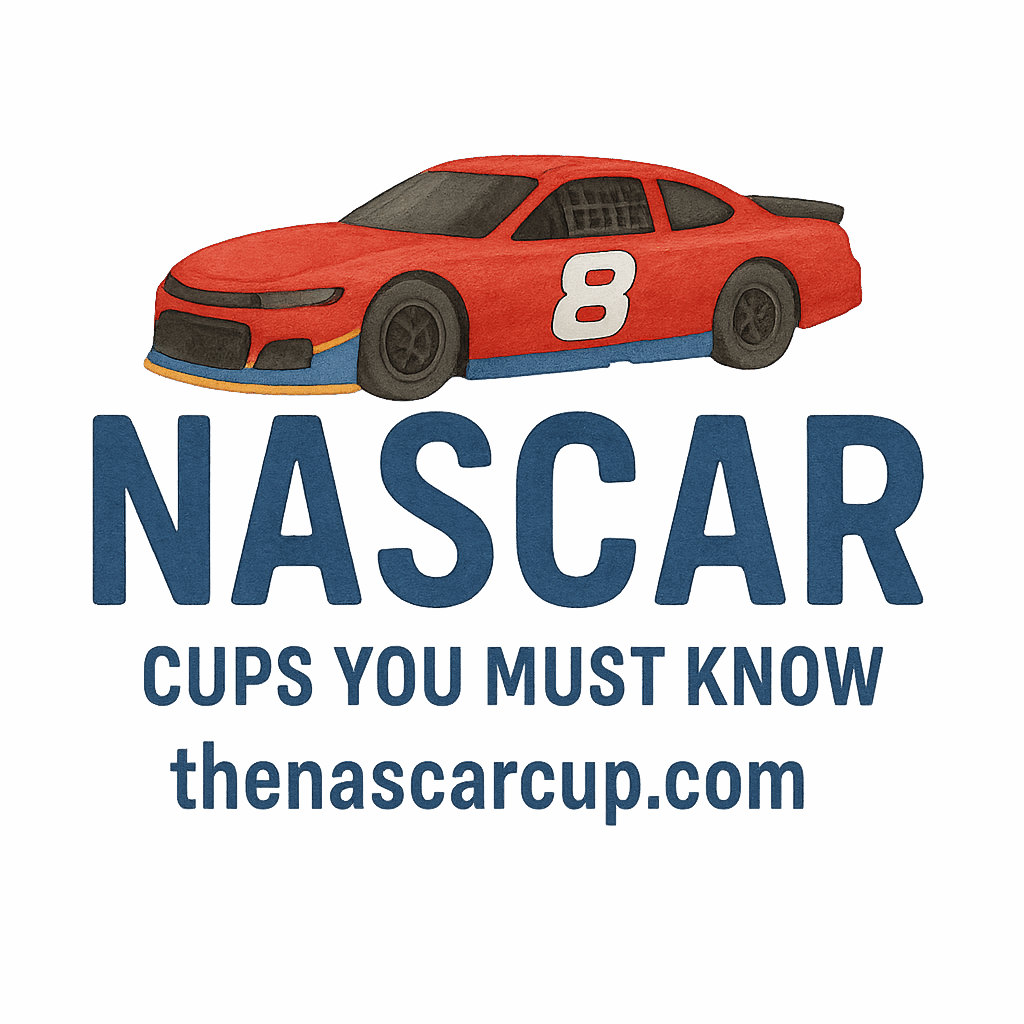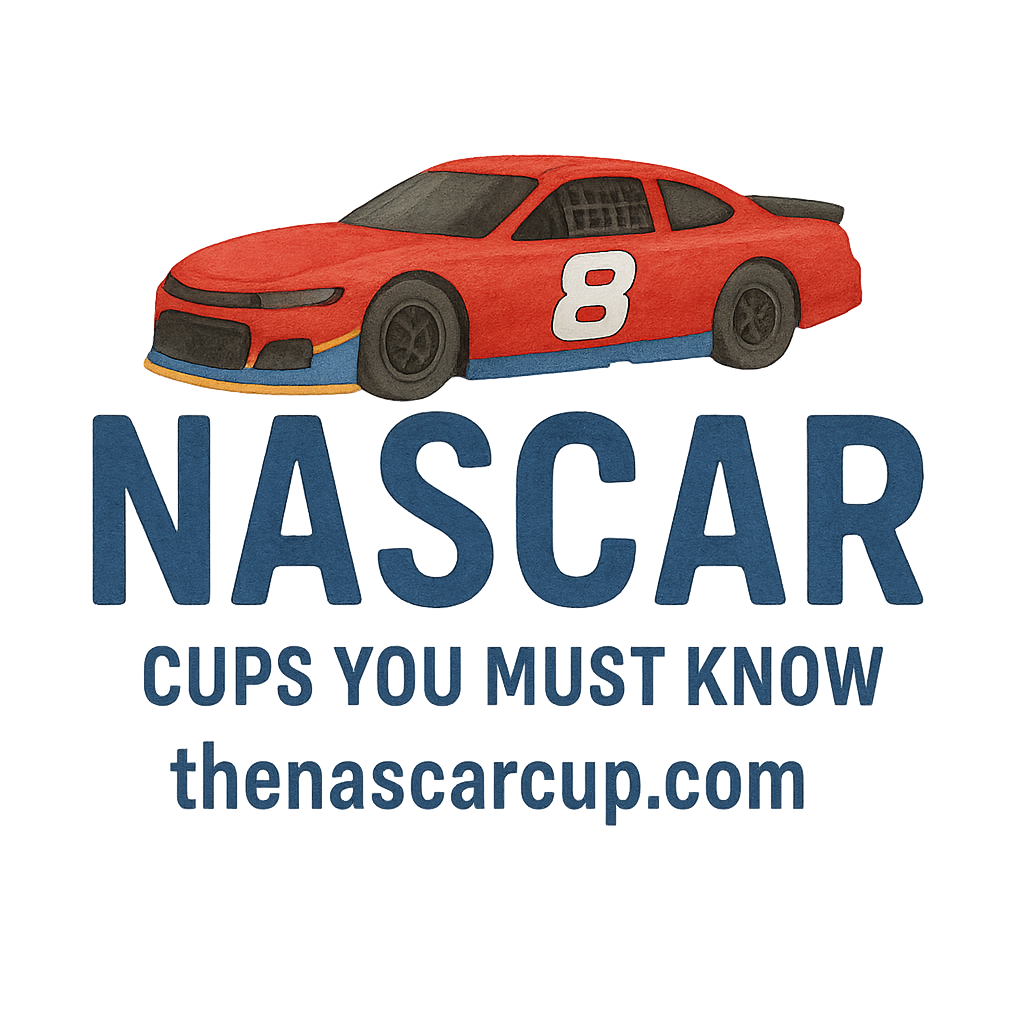Introduction: How NASCAR’s Legacy Was Built
Ever wondered how NASCAR became the high-octane legacy it is today? It’s not just about roaring engines and adrenaline-pumping finishes. NASCAR’s legacy was carved out over decades—but five key years stand out like tire tracks on a dirt road.
In this deep dive, we’ll explore the 5 foundational years that built the NASCAR Cups legacy, from its gritty beginnings to becoming a global motorsport icon. Whether you’re a die-hard fan or just getting started, this will rev up your appreciation for NASCAR like never before.
Year #1: 1948 – The Birth of NASCAR
The Vision of Bill France Sr.
In 1948, Bill France Sr. laid down the pavement for what would become one of America’s favorite racing traditions. Frustrated by disorganized stock car races and disputes over prize money, France had a vision: a unified, rule-governed racing organization that respected both drivers and fans.
This vision gave birth to NASCAR, the National Association for Stock Car Auto Racing, which aimed to legitimize and elevate the sport.
Establishing Official Rules
One of the first things France did? He created standardized rules and regulations. This not only leveled the playing field but also attracted serious talent. The sport transitioned from local thrill-seeking to a recognized competition with structure—laying the framework for modern motorsport rules.
The First NASCAR Sanctioned Race
The first official NASCAR race took place at Daytona Beach, with Red Byron winning in a modified stock car. That moment wasn’t just a finish line; it was the starting line of a racing revolution.
🔗 Dive deeper into NASCAR’s rich beginnings in the NASCAR Cups History section.
Year #2: 1959 – Daytona International Speedway Opens
Why Daytona Changed Everything
Imagine a racetrack so fast and iconic that it instantly became the crown jewel of racing. That’s what happened in 1959, when Daytona International Speedway opened its gates.
It was a bold move by Bill France Sr. to build a 2.5-mile tri-oval—designed for speed and spectacle. No longer were racers limited to sand and makeshift tracks.
Introducing the Daytona 500
The first-ever Daytona 500 in 1959 was a game-changer. It wasn’t just another race—it became the Super Bowl of Stock Car Racing. Lee Petty won after a photo finish review, and fans were hooked.
Massive Fan Response
Thousands of spectators, TV coverage, and national headlines proved that stock car racing had found its arena. It wasn’t just a race—it was a cultural event. The fan experience exploded from this moment on.
🔗 Read more about races and circuits that shaped NASCAR’s story.
Year #3: 1979 – NASCAR’s First Live Flag-to-Flag TV Broadcast
CBS and the Daytona 500
In 1979, CBS did something radical—it aired the entire Daytona 500 live. For the first time, fans didn’t just read about the race—they saw every turn, crash, and pit stop as it happened.
The Fight That Captured America’s Attention
What sealed the deal? The last-lap crash and infamous infield fight between Cale Yarborough and the Allison brothers. It turned casual viewers into diehard fans overnight.
Growth in National Popularity
This moment put NASCAR in millions of living rooms. Sponsors lined up. Merchandise boomed. NASCAR wasn’t just regional anymore—it was national. This era sparked today’s thriving collectibles and memorabilia marketplace.

Year #4: 1994 – NASCAR Goes International
The Global Racing Experiment Begins
In 1994, NASCAR took a leap across the Pacific. For the first time, races were held outside the U.S.—first in Suzuka, Japan, and later in Motegi. These were test runs for future expansion.
The Suzuka and Motegi Test Events
Though these events weren’t official points races, they demonstrated that stock car culture could resonate globally. Fans in Japan responded with enthusiasm, proving that horsepower was a universal language.
NASCAR’s Vision for International Expansion
The 1994 international races sparked conversations about the future tracks and global racing. This paved the road for the concept of NASCAR as a worldwide motorsport empire.
🔗 Explore NASCAR’s international expansion and what’s next.
Year #5: 2001 – The Tragedy That Transformed Safety Standards
The Death of Dale Earnhardt
February 18, 2001. A date every NASCAR fan remembers. Dale Earnhardt Sr., a legendary driver, died in a crash during the final lap of the Daytona 500. The entire NASCAR community was shaken.
The Rise of the SAFER Barrier and HANS Device
In the aftermath, NASCAR underwent a complete safety overhaul. The SAFER barrier, HANS device, and new car design innovations were introduced. It marked a turning point in motorsport regulation updates and race safety.
Honoring a Legend While Securing the Future
Earnhardt’s death changed the culture of NASCAR—from reactionary to proactive. Safety became as important as speed, ensuring a legacy that protected future drivers while honoring those like Dale who paved the way.
🔗 Revisit the stories of legendary drivers and motorsport icons.
The NASCAR Cups Legacy: Why These Years Matter Most
Each of these five years was a gear in the engine of NASCAR’s legacy. From its birth in 1948 to global ambition and modern safety reforms, these milestones shaped not only how the sport operates—but how it’s loved.
Connecting the Dots: How NASCAR Cups Evolved
Teams, Drivers, and Fan Experience Over Time
These milestones also molded NASCAR’s teams and drivers into icons. The drivers and teams of today still reflect the values and spirit of the early days.
The evolution of the fan guides, race-day eats, and overall fan experience prove how much thought NASCAR gives to its loyal followers.
Legacy Drivers and the Memorabilia Marketplace
What began with heroes like Red Byron and Lee Petty gave birth to a memorabilia marketplace that thrives today with rare collectibles, auctions, and fan treasures that link the past to the present.
Rule Changes and Regulation Updates
From safety improvements to tech standards, NASCAR constantly updates rules to protect and entertain. That commitment is part of the legacy forged in those five key years.
Conclusion: A Legacy Paved in Rubber and Passion
NASCAR didn’t become a legacy overnight. It was built year by year, moment by moment, from visionary leadership in 1948 to tragedy-turned-triumph in 2001.
Each of these foundational years left rubber marks on the track—and deep imprints on the hearts of fans. Whether you’re in it for the speed, the strategy, or the story, one thing’s for sure:
The NASCAR Cups legacy isn’t just history—it’s still being made.
🔗 Keep exploring the world of NASCAR at nascarcups.com for more stories, guides, and exclusive updates.
FAQs
1. Why is 1948 considered the birth year of NASCAR?
Because that’s when Bill France Sr. founded NASCAR and held its first official race.
2. What made the Daytona 500 so special in 1959?
It introduced a high-speed, professional-grade race that elevated NASCAR to a national audience.
3. How did the 1979 broadcast impact NASCAR?
It brought NASCAR into homes across America and helped it become a mainstream sport.
4. Why did NASCAR race in Japan in 1994?
To explore international markets and test fan interest abroad as part of global expansion.
5. What safety changes came after Dale Earnhardt’s death?
Key changes included the HANS device, SAFER barriers, and stricter safety regulations.
6. How can I learn more about NASCAR teams and drivers?
Visit the Drivers & Teams section of nascarcups.com for in-depth info.
7. Where can I buy official NASCAR memorabilia?
Check out the collectibles page and the memorabilia marketplace for rare items.


